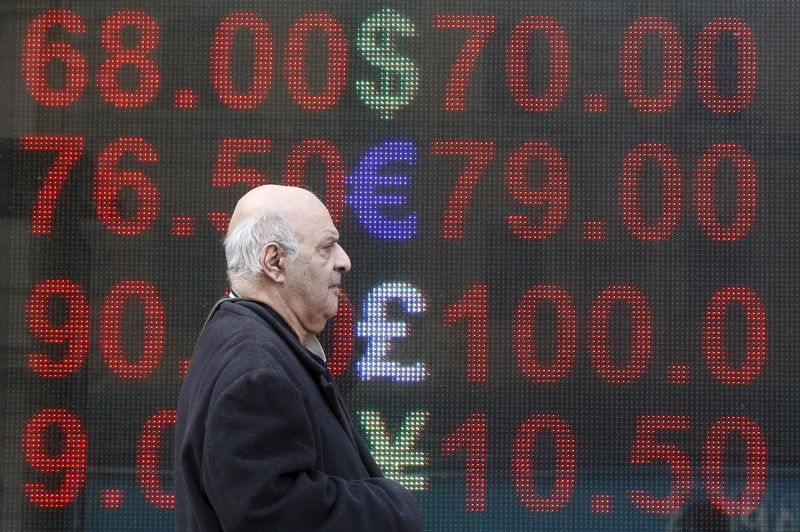Goldman Sachs chief credit strategist Lotfi Karoui departs after 18 years - Bloomberg
Investing.com -- Bank of America (BofA) analysts provided insight into the recent performance of the Japanese yen (JPY) and the euro (EUR), which have both appreciated approximately 12% against the US dollar (USD) year-to-date. The market has been seeking alternatives to the USD, but BofA suggests that the strength of JPY might be less sustainable than that of EUR.
BofA highlighted several reasons for considering the rise of the JPY as more fragile. Notably, the yen’s appreciation has been accompanied by a significant increase in speculative positioning and heightened attention on the possibility of a US-Japan currency deal. In contrast, the euro’s gains have been more consistent across different market conditions and have been bolstered by Germany’s unique fiscal expansion.
The analysis further pointed out that while the Japanese currency’s rise has occurred alongside a reduced market focus on potential interest rate hikes from the Bank of Japan (BoJ), structural capital outflows from Japan have not been as closely monitored, despite these flows having withstood recent market volatility.
The report also addressed potential risks and uncertainties that could affect the currencies’ trajectories. Progress in US-Japan negotiations could lead to a reevaluation of the EUR/JPY exchange rate, potentially driving it higher. However, a severe slowdown in global economic growth could compress yield spreads between the European Union and Japan, potentially stalling or reversing the outflows from Japan.
Additionally, trade tensions between the US and Europe pose another risk. While BofA considers a bilateral "hard" currency deal between the US and Japan to be a tail risk, they believe it is an unlikely scenario.
This article was generated with the support of AI and reviewed by an editor. For more information see our T&C.
